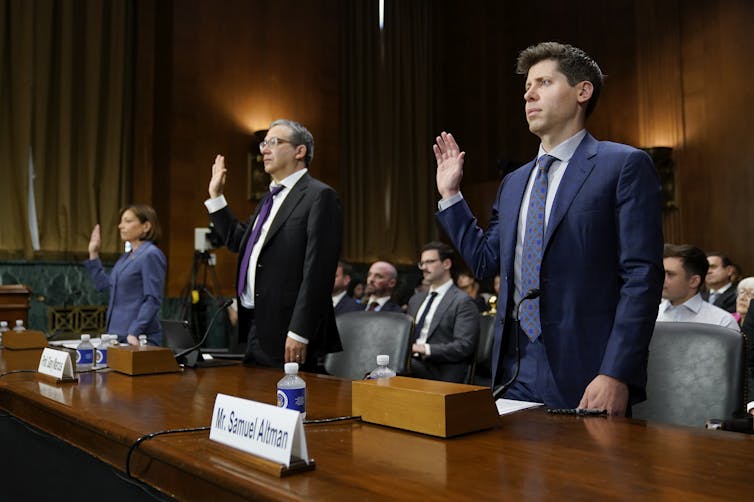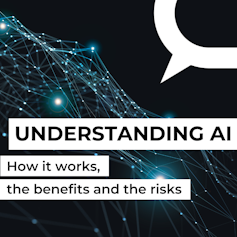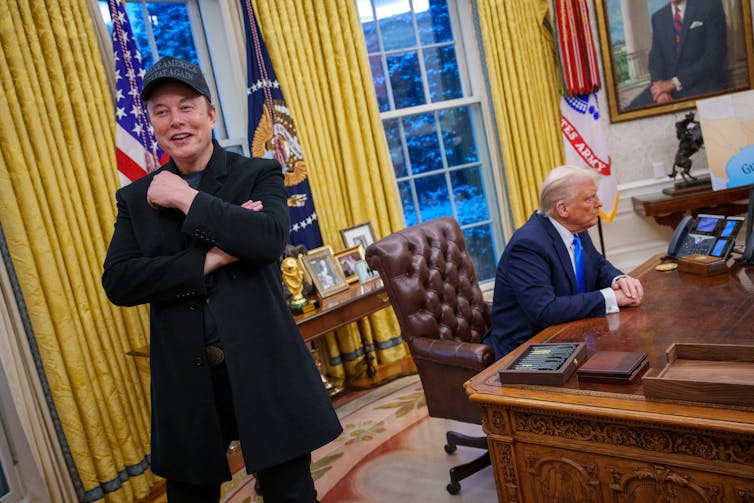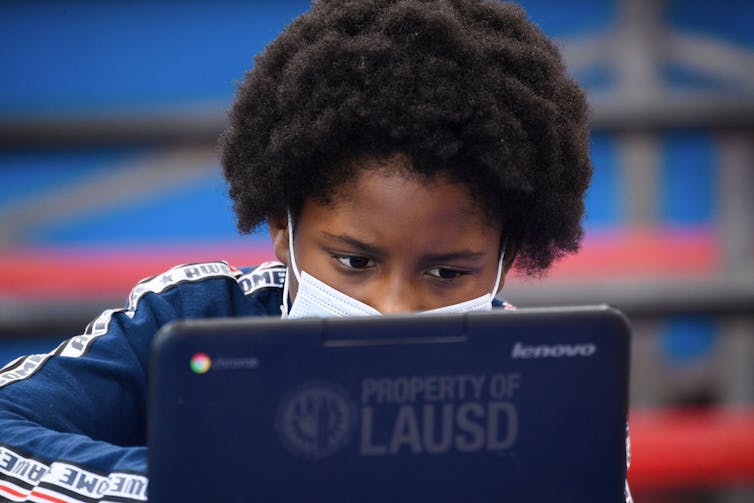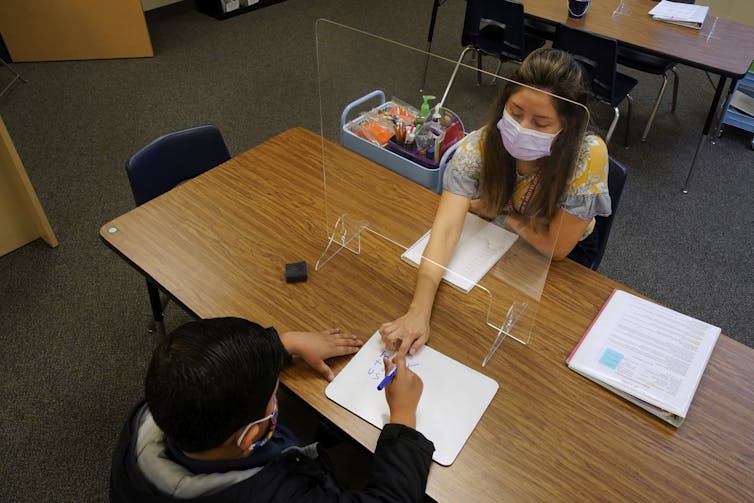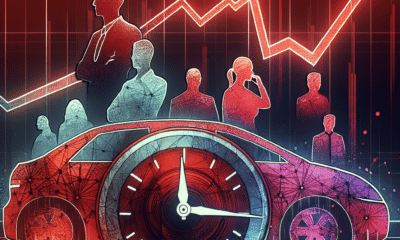
3000ad/iStock via Getty Images Plus
Throughout history, when pioneers set out across uncharted territory to settle in distant lands, they carried with them only the essentials: tools, seeds and clothing. Anything else would have to come from their new environment.
So they built shelter from local timber, rocks and sod; foraged for food and cultivated the soil beneath their feet; and fabricated tools from whatever they could scrounge up. It was difficult, but ultimately the successful ones made everything they needed to survive.
Something similar will take place when humanity leaves Earth for destinations such as the Moon and Mars – although astronauts will face even greater challenges than, for example, the Vikings did when they reached Greenland and Newfoundland. Not only will the astronauts have limited supplies and the need to live off the land; they won’t even be able to breathe the air.
Instead of axes and plows, however, today’s space pioneers will bring 3D printers. As an engineer and professor who is developing technologies to extend the human presence beyond Earth, I focus my work and research on these remarkable machines.
3D printers will make the tools, structures and habitats space pioneers need to survive in a hostile alien environment. They will enable long-term human presence on the Moon and Mars.

NASA
From hammers to habitats
On Earth, 3D printing can fabricate, layer by layer, thousands of things, from replacement hips to hammers to homes. These devices take raw materials, such as plastic, concrete or metal, and deposit it on a computerized programmed path to build a part. It’s often called “additive manufacturing,” because you keep adding material to make the part, rather than removing material, as is done in conventional machining.
Already, 3D printing in space is underway. On the International Space Station, astronauts use 3D printers to make tools and spare parts, such as ratchet wrenches, clamps and brackets. Depending on the part, printing time can take from around 30 minutes to several hours.
For now, the print materials are mostly hauled up from Earth. But NASA has also begun recycling some of those materials, such as waste plastic, to make new parts with the Refabricator, an advanced 3D printer installed in 2019.
Manufacturing in space
You may be wondering why space explorers can’t simply bring everything they need with them. After all, that’s how the International Space Station was built decades ago – by hauling tons of prefabricated components from Earth.
But that’s impractical for building habitats on other worlds. Launching materials into space is incredibly expensive. Right now, every pound launched aboard a rocket just to get to low Earth orbit costs thousands of dollars. To get materials to the Moon, NASA estimates the initial cost at around US$500,000 per pound.
Still, manufacturing things in space is a challenge. In the microgravity of space, or the reduced gravity of the Moon or Mars, materials behave differently than they do on Earth. Decrease or remove gravity, and materials cool and recrystallize differently. The Moon has one-sixth the gravity of Earth; Mars, about two-fifths. Engineers and scientists are working now to adapt 3D printers to function in these conditions.

peepo/E+ via Getty Images
Using otherworldly soil
On alien worlds, rather than plastic or metal, 3D printers will use the natural resources found in these environments. But finding the right raw materials is not easy. Habitats on the Moon and Mars must protect astronauts from the lack of air, extreme temperatures, micrometeorite impacts and radiation.
Regolith, the fine, dusty, sandlike particles that cover both the lunar and Martian surfaces, could be a primary ingredient to make these dwellings. Think of the regolith on both worlds as alien dirt – unlike Earth soil, it contains few nutrients, and as far as we know, no living organisms. But it might be a good raw material for 3D printing.
My colleagues began researching this possibility by first examining how regular cement behaves in space. I am now joining them to develop techniques for turning regolith into a printable material and to eventually test these on the Moon.
But obtaining otherworldly regolith is a problem. The regolith samples returned from the Moon during the Apollo missions in the 1960s and 70s are precious, difficult if not impossible to access for research purposes. So scientists are using regolith simulants to test ideas. Actual regolith may react quite differently than our simulants. We just don’t know.
What’s more, the regolith on the Moon is very different from what’s found on Mars. Martian regolith contains iron oxide –that’s what gives it a reddish color – but Moon regolith is mostly silicates; it’s much finer and more angular. Researchers will need to learn how to use both types in a 3D printer.

Applications on Earth
NASA’s Moon-to-Mars Planetary Autonomous Construction Technology program, also known as MMPACT, is advancing the technology needed to print these habitats on alien worlds.
Among the approaches scientists are now exploring: a regolith-based concrete made in part from surface ice; melting the regolith at high temperatures, and then using molds to form it while it’s a liquid; and sintering, which means heating the regolith with concentrated sunlight, lasers or microwaves to fuse particles together without the need for binders.
Along those lines, my colleagues and I developed a Martian concrete we call MarsCrete, a material we used to 3D-print a small test structure for NASA in 2017.
Then, in May 2019, using another type of special concrete, we 3D-printed a one-third scale prototype Mars habitat that could support everything astronauts would need for long-term survival, including living, sleeping, research and food-production modules.
That prototype showcased the potential, and the challenges, of building housing on the red planet. But many of these technologies will benefit people on Earth too.
In the same way astronauts will make sustainable products from natural resources, homebuilders could make concretes from binders and aggregates found locally, and maybe even from recycled construction debris. Engineers are already adapting the techniques that could print Martian habitats to address housing shortages here at home. Indeed, 3D-printed homes are already on the market.
Meanwhile, the move continues toward establishing a human presence outside the Earth. Artemis III, now scheduled for liftoff in 2027, will be the first human Moon landing since 1972. A NASA trip to Mars could happen as early as 2035.
But wherever people go, and whenever they get there, I’m certain that 3D printers will be one of the primary tools to let human beings live off alien land.![]()
Sven Bilén, Professor of Engineering Design, Electrical Engineering and Aerospace Engineering, Penn State
This article is republished from The Conversation under a Creative Commons license. Read the original article.
